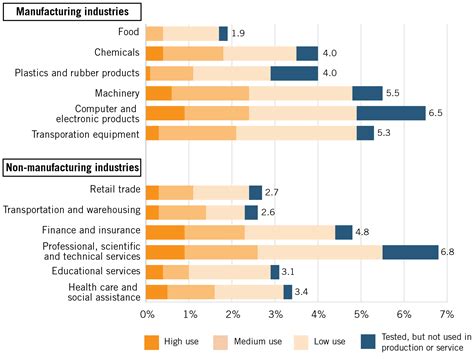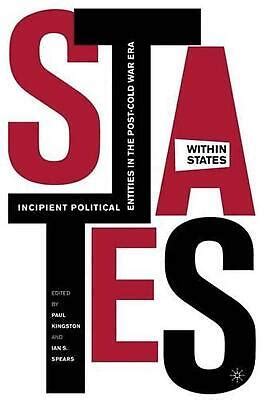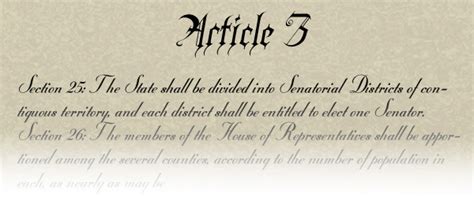States Within States

The concept of states within states is a complex and multifaceted phenomenon that has garnered significant attention in recent years. This notion refers to the existence of autonomous or semi-autonomous regions within a larger state or country, often characterized by distinct cultural, linguistic, or ethnic identities. Such entities may possess varying degrees of autonomy, ranging from limited self-governance to de facto independence. In this article, we will delve into the intricacies of states within states, exploring their historical context, contemporary examples, and the implications of this phenomenon on global politics and international relations.
Historical Context: The Evolution of States Within States

Throughout history, the concept of states within states has been evident in various forms, often resulting from the confluence of colonialism, imperialism, and the redrawing of national borders. For instance, the Austro-Hungarian Empire, which existed from 1867 to 1918, was a prime example of a state comprising multiple ethnic and national groups, each with its own distinct identity. The empire’s dual monarchy structure, where the Austrian and Hungarian crowns were united under a single ruler, exemplifies an early manifestation of a state within a state. Similarly, the Soviet Union, which dissolved in 1991, was a federation of 15 republics, each with its own government and a degree of autonomy, illustrating another form of states within states.
Contemporary Examples: Autonomous Regions and Their Implications
In the modern era, numerous examples of states within states can be observed worldwide. One notable instance is the Kurdistan Regional Government (KRG) in Iraq, which has been functioning as a de facto autonomous state since the early 1990s. The KRG has its own military, the Peshmerga, and exercises significant control over its internal affairs, despite technically being part of the Iraqi state. Another example is the Tibetan Autonomous Region in China, which, while not independent, enjoys a degree of autonomy in cultural and religious matters. The relationship between these autonomous regions and their parent states is complex, often involving tensions over issues like resource allocation, security, and the extent of autonomy.
| Autonomous Region | Parent State | Degree of Autonomy |
|---|---|---|
| Kurdistan Regional Government | Iraq | High (de facto independence in many areas) |
| Tibetan Autonomous Region | China | Low to Moderate (significant cultural autonomy, limited political autonomy) |
| Catalonia | Spain | Moderate (significant autonomy in internal affairs, but subject to Spanish law) |

Key Points
- The concept of states within states is characterized by the presence of autonomous or semi-autonomous regions within a larger state or country.
- Historical examples, such as the Austro-Hungarian Empire and the Soviet Union, demonstrate the evolution of this phenomenon.
- Contemporary examples include the Kurdistan Regional Government in Iraq and the Tibetan Autonomous Region in China, each with its own unique dynamics and challenges.
- The degree of autonomy enjoyed by these regions varies significantly, influencing their relationships with their parent states.
- Understanding states within states is crucial for navigating the complexities of global politics and international relations, particularly in contexts of conflict, negotiation, and state-building.
Implications for Global Politics and International Relations

The phenomenon of states within states has profound implications for global politics and international relations. It challenges traditional notions of sovereignty and statehood, highlighting the diversity of political arrangements that can exist within a single state. Moreover, the existence of autonomous regions can be a source of both stability and instability, depending on how their relationships with central governments are managed. Effective management of these relationships requires a deep understanding of the historical, cultural, and political contexts of each region, as well as a commitment to dialogue, flexibility, and the respect for autonomy and self-determination.
Challenges and Opportunities: Navigating the Future of States Within States
As the world continues to grapple with the complexities of states within states, several challenges and opportunities emerge. One of the primary challenges is balancing the desire for autonomy and self-determination with the need for national unity and stability. This requires innovative governance models that can accommodate diverse identities and interests without compromising the integrity of the state. On the other hand, the existence of states within states also presents opportunities for conflict resolution, economic development, and cultural exchange, provided that the rights and aspirations of all parties are respected and addressed.
In conclusion, the phenomenon of states within states represents a nuanced and complex aspect of modern political geography. Through historical analysis, contemporary examples, and an exploration of implications for global politics, it becomes clear that understanding and effectively managing these relationships is crucial for fostering peace, stability, and development in diverse regions around the world.
What are the primary challenges faced by states within states?
+The primary challenges include balancing autonomy with national unity, managing diverse identities and interests, and navigating complex relationships with central governments.
Can states within states be a source of stability?
+Yes, when managed effectively, states within states can contribute to stability by addressing the unique needs and aspirations of diverse regions and populations, thereby reducing tensions and promoting cooperation.
What role do international relations play in the context of states within states?
+International relations can play a crucial role in supporting the autonomy and self-determination of states within states, while also promoting dialogue and cooperation between these entities and their parent states to prevent conflict and foster stability.



